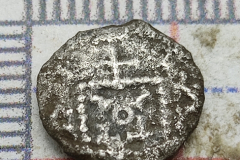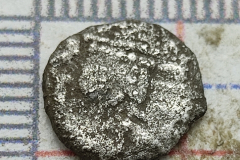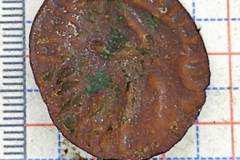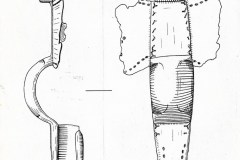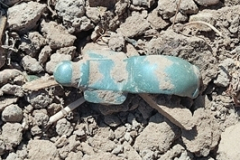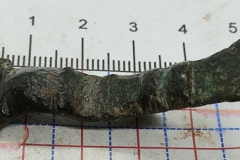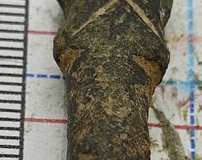Anglo Saxon, Martham (410 to 1066)
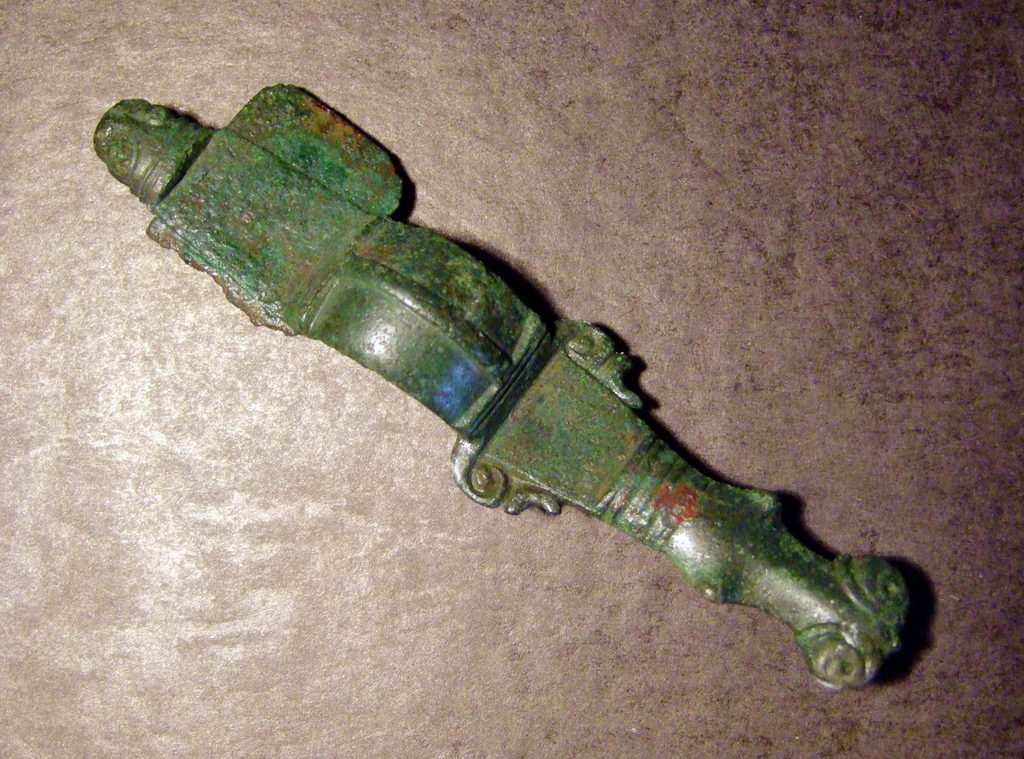
It is said that Martham is partly named after the polecats or “martens” that were common to the area at the time but it is also known that place names ending in “ham” or “ton” have Angle origins. A “ham” is supposed to denote the residence of a thane or lord but it has also been argued that the “ham” may have been a corruption of the Danish “holm” meaning island. The Anglo-Saxon invaders no doubt entered by the Bure at Caister-on-Sea and landed somewhere near Burgh St Margaret (Fleggburgh) on the indented area of the Isle of Flegg. On the north of the Isle the principal village is Martham.
Roman finds have confirmed their sparse settlement in and around what is now Martham and Somerton on the north of the Isle of Flegg. When the Roman military withdrew across most of Britain early in the fifth century the Anglo-Saxons had the opportunity to simply take over a landscape that had already been cultivated.
Little is known of the dark ages from the 5th to 9th century but in the course of time the Anglo-Saxon invaders seem to have settled down to a peaceful life. Britain had been occupied for the previous four centuries by the Romans and without them the economy of the country became fragmented and for the next two hundred years had little or no monetary system. As in other parts of the country the economy of Saxon Martham would have been based on self-sufficiency and bartering.
Documentation shows that cultivation in and around the village consisted of three great fields, “Westfeld, Estfeld and Suthfeld”. The three-field farming system meant that two were sown each year in rotation and the third left fallow. This map illustrates where the three-field system was.
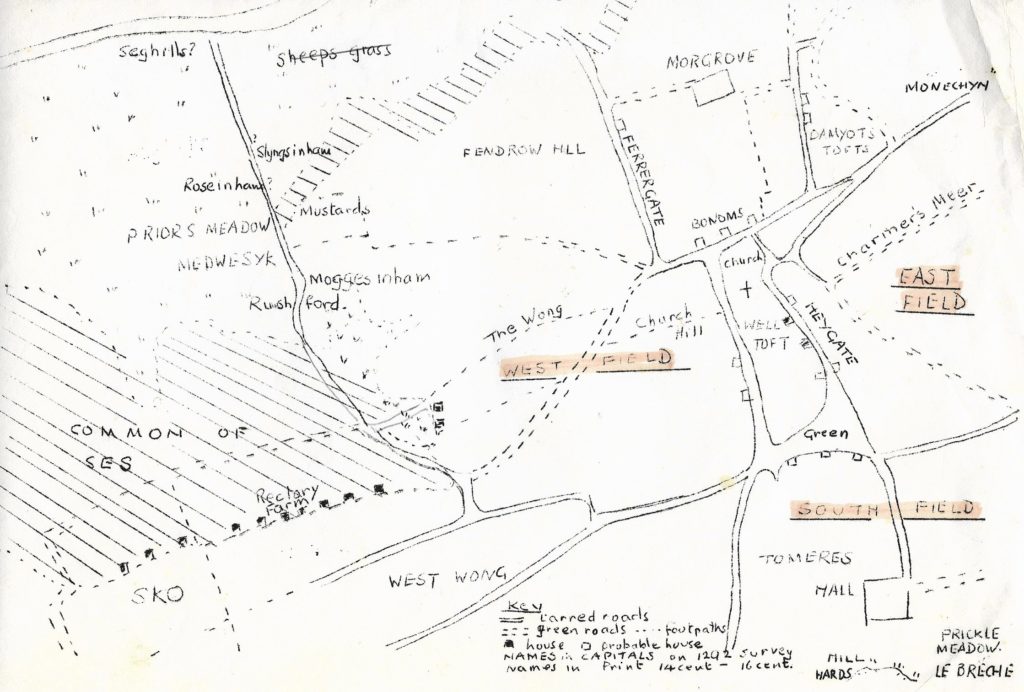
Records refer to the fields being parcelled out sections of 12 acre “eruings”. This is an Angle word and has some connection with a plough and most likely implied the land holder was expected to provide all or part of a plough-team, perhaps two oxen towards a team of eight.
At first the land in the Martham three field system was parcelled out in strips and assigned to settlers in various proportions, each holder having an equal number of strips in each field. Over time re-distribution took place; holdings were sold or exchanged and often split further when inherited. This did not appear to alter the system of shared co-operation by people who had a permanency of tenure and who were freemen. The great estuaries around the Isle of Flegg gradually silted up leading to the more familiar land form we know today. The Saxon farmers had colonised the fertile soil of the Isle and were joined by Viking settlers in the 800’s, who named the cluster of villages around Martham that ended with the Danish “by” for “town”.
The majority of evidence of this period is based on documents but a few local finds illustrate something of the daily life and particularly death of the times. It was not unusual for Freeman to be buried with a spear or shield; the women with brooches like that illustrated above. The photographs below show typical Saxon items found locally including Saxon brooches and a shield boss, which were probably grave goods. Occasionally the dead were cremated and the ashes placed in pots and this apparently happened in Martham as a fragment of such an urn has been found and is illustrated here with an example of the style of urn it would have come from dated 500-600AD.
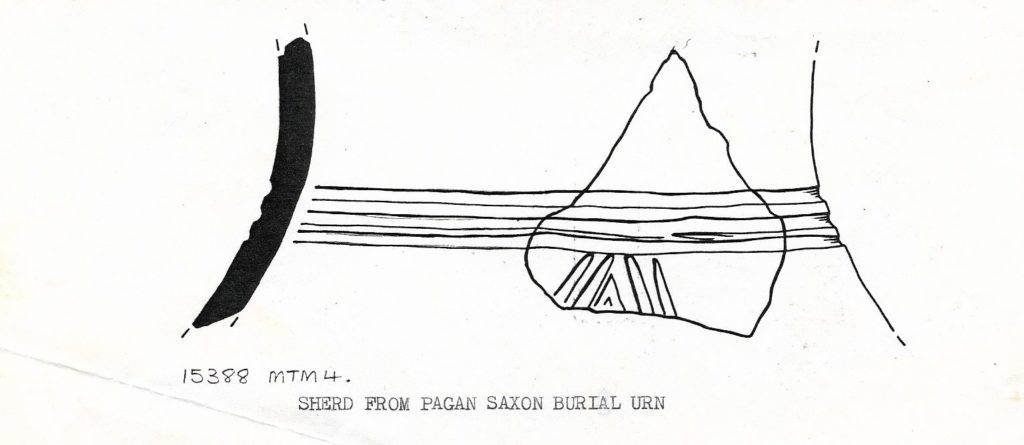
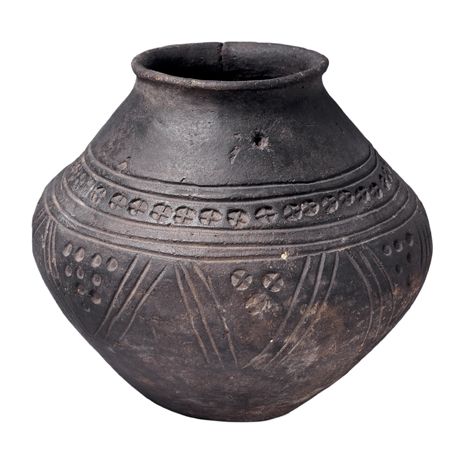
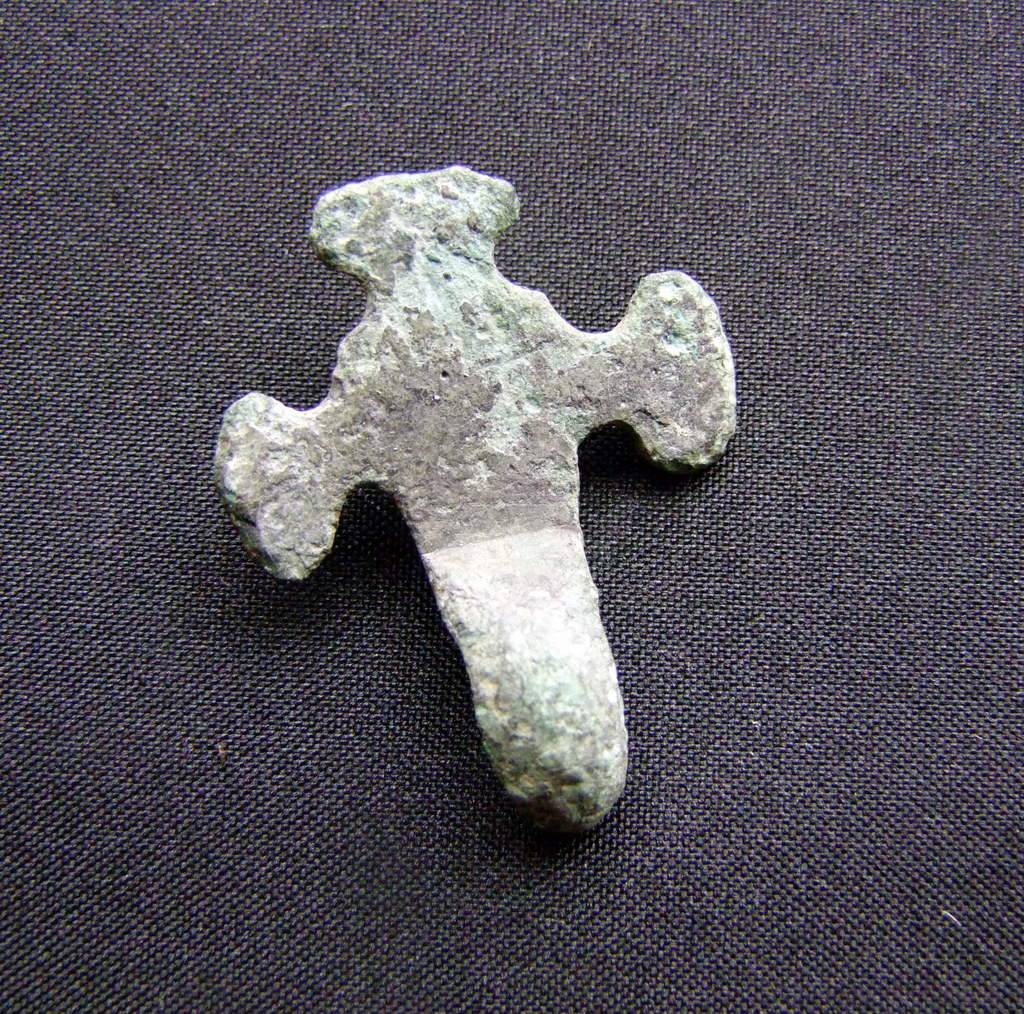
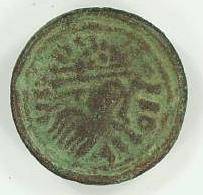
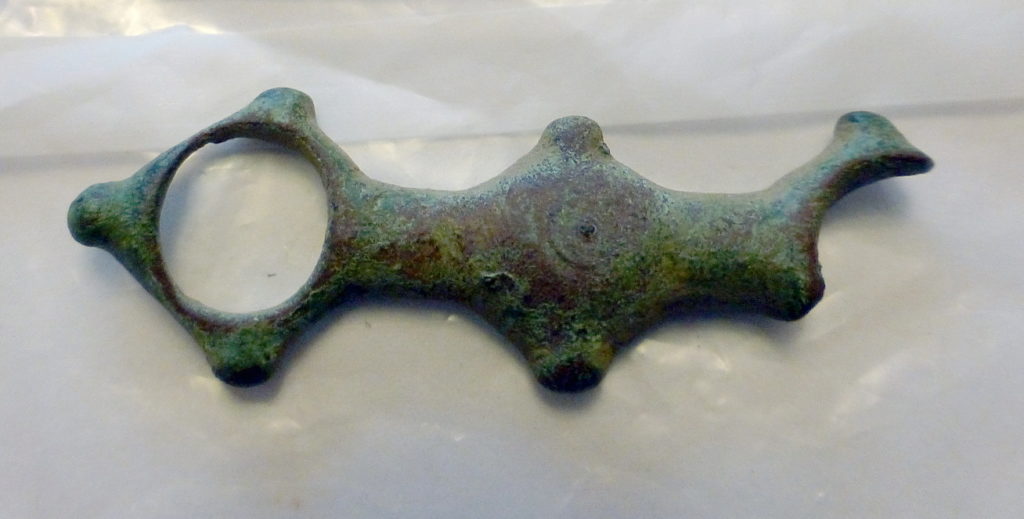
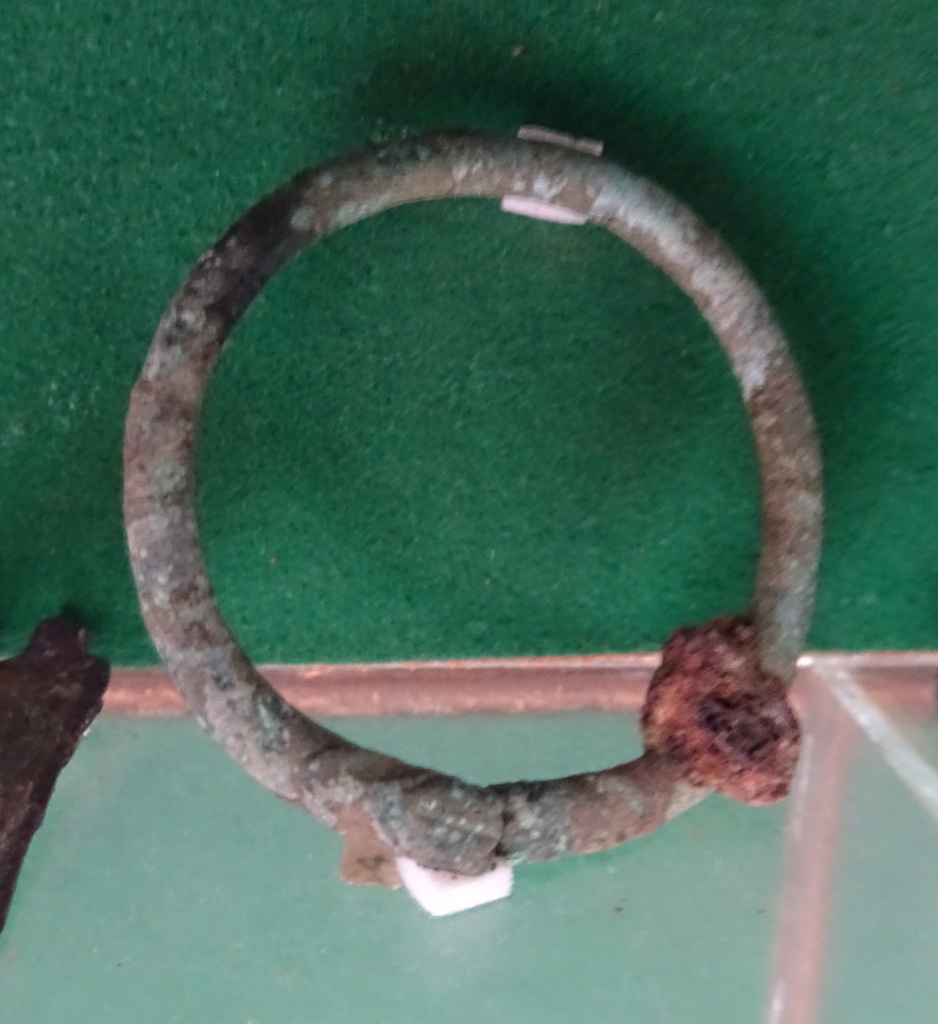
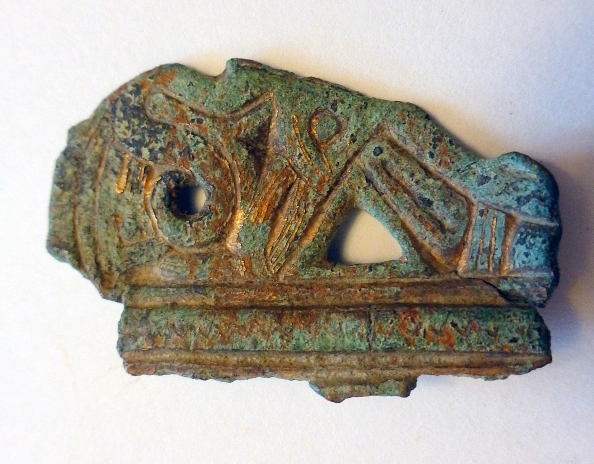
The following information was taken from “An Essay Towards a Topographical History of the County of Norfolk by Francis Blomefield” which was originally published in 1805.
- A part of Martham was owned by Algar, Earl of Mercia who also held a manor at Hemsby. Alwi and Stigand later took it from him and gave it to his brother Almarus the Bishop of Elmham who still held it in King Edward’s (1042-1066) time.
- John de Gunton was a land owner in Martham and died about 1047 at the time of Edward I.
More Saxon objects found in Martham.
Hover your mouse over any photograph for a description of it. Click on any photo to zoom in and then you can scroll through as many as you like.
